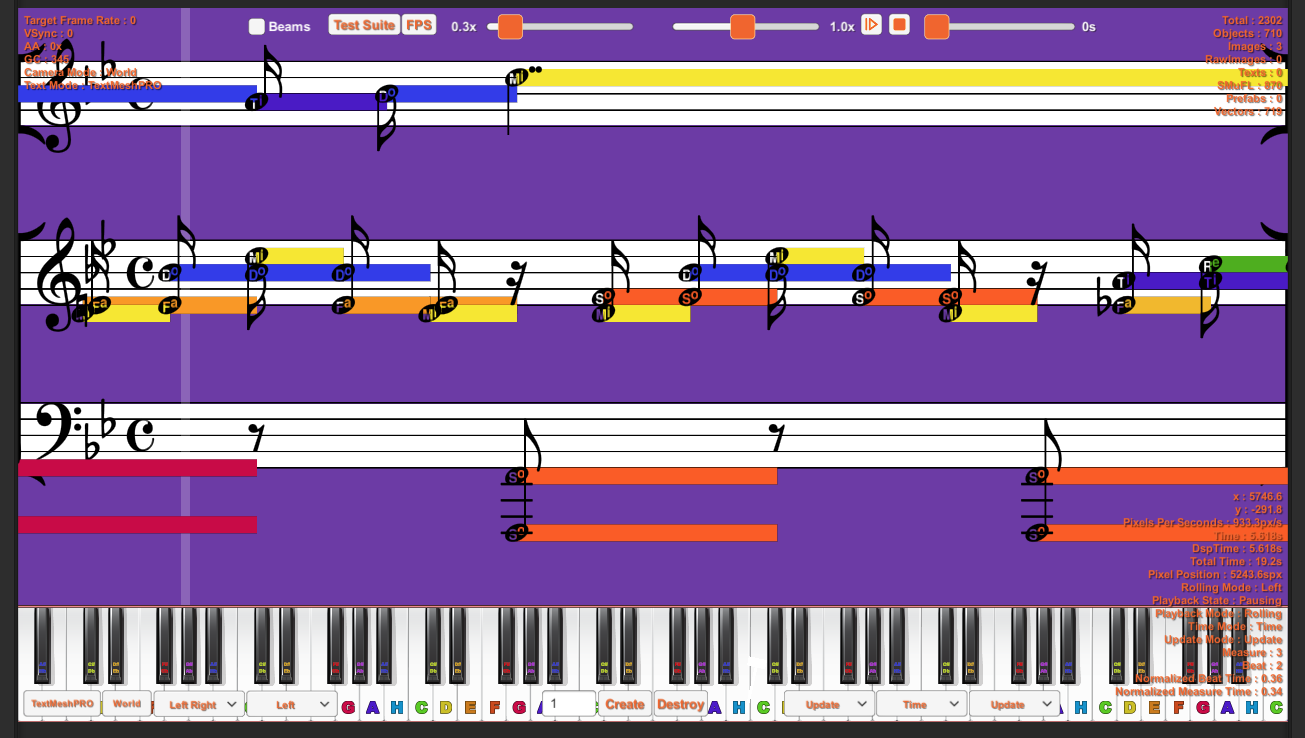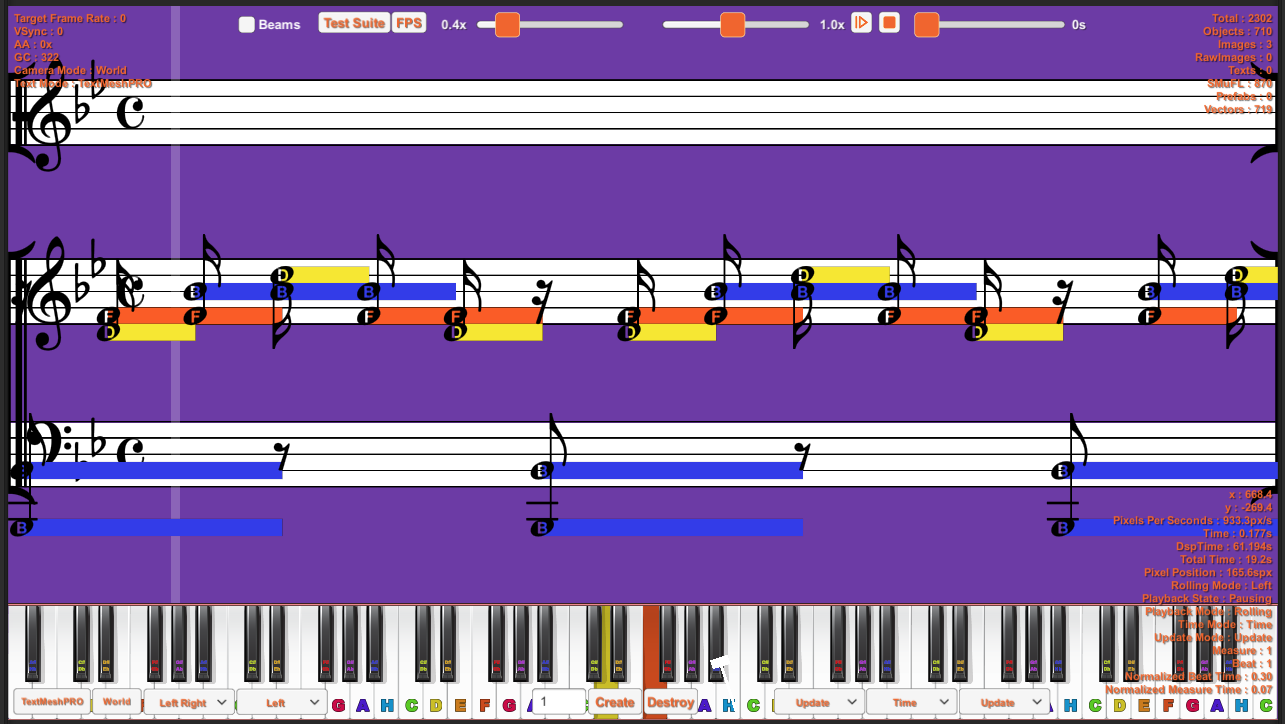- From: Joe Berkovitz <joe@noteflight.com>
- Date: Sat, 13 Jan 2018 11:50:56 -0500
- To: Marek Ledvina <ledvina.m@gmail.com>
- Cc: public-music-notation-contrib@w3.org
- Message-ID: <CA+ojG-YEsonhpY7Ah=pd18Z0_avS0gR1auPU56bfg=1Qx864Ww@mail.gmail.com>
Marek, Glenn, Please file an issue in the SMuFL repository ( https://github.com/w3c/smufl/issues) describing what you think is missing, why it is needed, and what you think is needed. That is the group's process for proposed changes and additions. Thank you! Best, . . . . . ...Joe Joe Berkovitz On Sat, Jan 13, 2018 at 4:10 AM, Marek Ledvina <ledvina.m@gmail.com> wrote: > I also noticed that nothe head with names and with solfege are a bit > larger than normal note heads. Which causing issues in rendering stem > alignment. See attachments. I feel like the size needs to be be unified > otherwise developers have to resize programatically named and solfege > noteheads. > > M. > > > > > On Jan 13, 2018, at 3:16 PM, Glenn Linderman <v+smufl@g.nevcal.com> wrote: > > On 1/12/2018 5:32 PM, Marek Ledvina wrote: > > Hello Joe, > We are currently working on solfege exercises and found out that SMuFL is > completely missing the chromatic solfege syllables “note heads" like you > can find it for example here http://openmusictheory.com/ > chromaticSolfege.html > Current Bravura only contains scale degrees ( 7 ) syllables ( do, re, mi, > fa, sol, la, ti [si] ) which is nice start but not usable for teaching > materials. > We need “do, di, re, ri, mi, fa, fi, so(l), si, la, li, ti, (do)” and > “do, ti, te, la, le so(l), se, fa, mi, me, re, ra do" > Can I ask anyone to include them into SMuFL Bravura font? > Thank you very much, Marek. > > > > I've noticed the lack of solfege support in those noteheads also, when > looking for characters for the very related topic of the various tonic > sol-fa and numbered notations. While the simplest forms of tonic sol-fa > were designed to be "typeset" by using a typewriter > > > | do re mi - | > > | 1 2 3 - | > > > other forms use a bit more complex notation. There is some information > about numbered note systems in Wikipedia[1][2][3]. > > While even much of the more complex notations can be produced with various > carriage movements on a typewriter, the development of proportional fonts, > makes it harder to achieve proper overstriking for a consistent look using > modern technology. Some of the fonts do a better job than others, and one, > Doulos Cipher[4] from SIL, makes a good try at being pretty complete, but > it uses graphite font technology, which has somewhat limited support. > > There are a fair number of variations in numbered note systems popularly > used from place to place, with some special symbols not found in most fonts > designed for orthography, making it somewhat hard to find an appropriate > font for the numbered note systems. Wikipedia doesn't seem to delve into > the regional differences between variations, nor does it include sufficient > detail about any one of them to be confident of completeness of usage or > rules in their articles. > > I have various samples of numbered notation used together with lyrics, and > some include it between the staves of CWMN (using ordinary noteheads). > Other samples show four-part harmony using do re mi, together with lyrics. > But while samples of usage are great, and many of the usages can be figured > out by examining those examples, it would be great to find a complete > exposition of the rules for various variations. I'm presently going by some > of what Wikipedia says, some by the various samples I have, and some by > asking questions of people that use the notation (but they are not likely > true experts on the notation). > > Because each note may have a cluster of other symbols around it, it seemed > to be that the easiest way to achieve support in a variety of contexts and > applications would be to custom design a font with the following > characteristics: > > 1. The numbers are centered, and non-spacing. > 2. Various dots, double dots, overbars, underbars, and accidentals, and > fermatas that are placed above, below, or to the left of the basic number > should be positioned on the same alignment point, and also be non-spacing. > 3. Hyphens and dots that follow the notes could have the same alignment > point for the first one, but then space over sufficiently that using them > again would produce normally-spaced appearance. > 4. Additional "normal" characters might be included to allow creation of > the various notations for specifying key signatures and time signatures. > > The above would suffice for a notation application. While I chose a > centered alignment point, the techniques would work equally well for any > other alignment point, as long as the relative positioning of the > characters were appropriate to their use, and they were non-spacing. > > For use in a text application, each group of characters forming a note > group would then be followed by an appropriate width space to "complete" > the group, and maybe another one or two to reach an minimally spaced point > to start another group, or, of course, even more spacing to reach parity > with associated lyrics on a nearby line. > > It appears the Doulos Cipher font uses Graphite for combining characters > (a more complex solution to character overlays than non-spacing, but > perhaps more limited in total number of combined characters?), and to > achieve some level of support for longer beams and slurs to also be > positioned as "slur tips" with a note group, and in the appropriate > software that includes Graphite, complete slurs would appear. > > Not finding support for numbered notation systems in SMuFL, and not > finding any existing font that had sufficient documentation, character set, > and quality for a current project, I described the above needs to a friend > who cobbled together a font using characters from existing public domain > sources, and repositioned their alignment points and widths to achieve the > above characteristics. It works well in my notation application (under > development, and mostly using SMuFL), together with the slur and beam > drawing support in that application. I likely didn't find and include all > the characters that might be needed for full support of various numbered > notation systems, but I did include everything I needed for a current > project, and a bit more for potentially similar projects. > > I didn't find any standard codepoints for such characters or uses, and > fear that our font, if released to the public, will contribute to the music > font mojibake that SMuFL is attempting to correct. Is there any support > for the idea of including a range of characters for numbered notation > systems within SMuFL? I'd be happy to adjust my current font and > application to conform to such a range if it existed. I did currently pick > a range high in the private use area that SMuFL is targeting, not currently > used by SMuFL, but there may be reasons I'm unaware of that would make it > not be the best range. There is some redundancy with some SMuFL > characters, done to allow for them to be non-spacing, and have alignment > points that make the spacing calculations for the numbered notation simple. > > > [1] https://en.wikipedia.org/wiki/Numbered_musical_notation > [2] https://en.wikipedia.org/wiki/Tonic_sol-fa > [3] https://en.wikipedia.org/wiki/Gamelan_notation > [4] http://scripts.sil.org/cms/scripts/page.php?site_id=nrsi& > id=ciphermusic > > >
Attachments
- image/png attachment: movable_solfege.png

- image/png attachment: tone_names.png

Received on Saturday, 13 January 2018 16:51:23 UTC